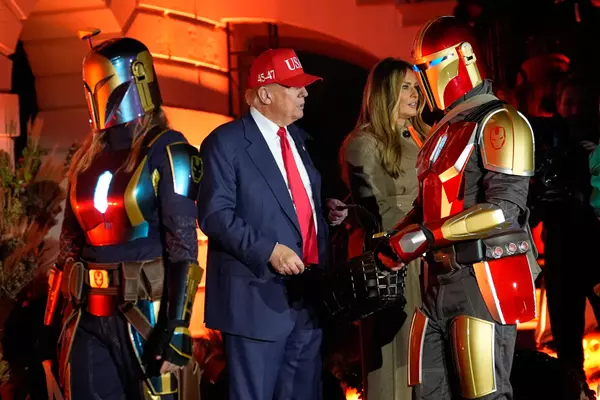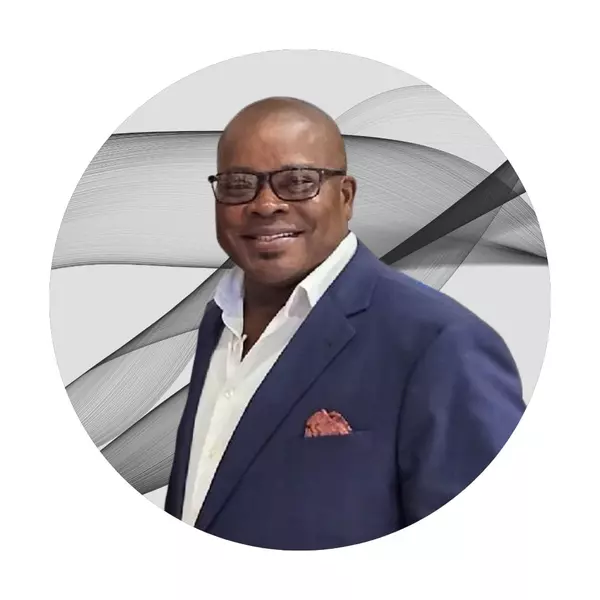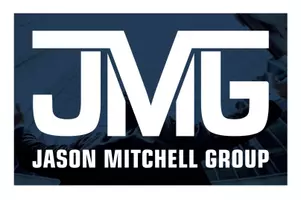The room where it happens: Inside A.J. Preller’s process, production at the trade deadline
They call it “The Room.”
It can be any room.
A.J. Preller’s office for most of the year. The upstairs conference room at the Peoria Sports Complex during spring training. Preller’s hotel suite at the winter meetings.
The Room is wherever what Preller calls “The Group” gets together to talk baseball and baseball players.
And they do that a lot.
There is probably no way to quantify it, but more than a dozen current and former Padres employees who have also worked (or work) in other organizations suggest that Preller and his lieutenants watch more baseball and talk more baseball than any other front office.
Whether that is fact or not, there can be little dispute that what they are able to pull off in The Room is because of mountainous preparation.
As one member of The Group said after the July 31 trade deadline: “People talk about The Room. The work is done when we’re sitting around in spring training til 11:30 or 12 (midnight) talking about (player names redacted).”
What gets the headlines is what happens in The Room at the end of July, when Major League Baseball’s trade deadline happens.
In that case, The Room is the auditorium on the fourth floor at Petco Park where the team’s major press conferences are held.
Nearly 30 people pack The Room in the days before the deadline. Most of them are scouts and members of the research and development (analytics) department. There is also some of the medical staff when needed. They sit at tables arranged in a “U” shape around whiteboards. Assistant general manager Josh Stein, who makes the numbers fit around whatever concoction Preller works up, has the felt-tip marker and works the board.
Several people who have been in The Room, those who work for him and a couple of the men he has worked for, marvel at how Preller can operate in such an environment.
“I couldn’t have all those people in there and get anything done,” one member of The Group said this week.
Preller takes it all in. He wants to hear from virtually everyone. No notes.
“He remembers everything,” a scout said.
The Room was full shortly before 9 a.m. on July 31, when the Padres and Athletics shocked the league with a trade that involved six players, most notably closer Mason Miller coming to San Diego and the Padres’ No. 1 prospect, shortstop Leo De Vries, heading to the Athletics.
It was the first domino in a five-trade day for the Padres, one that brought them six major leaguers and two minor leaguers and cost them 14 players, most of them prospects.
When the day was done, it would be assessed that the Padres arguably had the most productive trade deadline of any team. It was certainly the busiest.
What people outside The Room did not know is that by the time that first trade became public, all the others were essentially in place.

All the deals
The Padres had to get better in all the areas they felt they could. Or why bother?
Why get a second closer to help protect leads if the offense was not any more likely to give the bullpen leads to protect?
“We needed to make sure we knew — to do the first deal with Oakland — that we were going to line up on the bats,” Preller said. “So whether it was Baltimore or a couple of other scenarios we had lined up, I just needed to feel confident that we were going to go to the bats and then catcher.
“We weren’t going to move Leo unless we felt like we could line up other pieces and make this team pretty solid and strong at all levels on the big-league side. If we weren’t going to get there, it didn’t make a lot of sense to do just, like, one of the deals. It made more sense to do a few of those deals together, because we knew we needed to get a catcher. We felt like we improved that position, and we needed to get a couple bats throughout the offense, especially the depth of the lineup. So we weren’t going to make the big deal — Mason Miller — if we weren’t going to be able to round out the team.”
So while there were still some questions as to where the left fielder was going to come from, Preller was comfortable they had the framework of a deal before sending De Vries and three minor-league pitchers to the Athletics for Miller and starting pitcher JP Sears.
“We felt like we had some deals lined up where it was more us saying yes than the other teams giving a possibility,” Preller said. “But yeah, there were some nervous moments exactly like how it all played out. But we also had plans B, C and D lined up if the Oriole bats, for example, just didn’t get across the finish line. We had some other scenarios where we weren’t going to get left without the bats that we felt like we needed to really round out the roster.”
By day’s end, all those plans had yielded the Padres left fielder Ramón Laureano and first baseman/designated hitter Ryan O’Hearn from the Orioles, catcher Freddy Fermín from the Royals and starting pitcher Nestor Cortes from the Brewers. The Padres also got minor-league infielder Jorge Quintana in the Cortes deal and made a separate trade with the Blue Jays for Triple-A infielder Will Wagner, who the Padres believe has a good chance to make the 2026 big-league club out of spring training.
The Padres also got money from the Brewers and Orioles to pay down the veterans’ contracts to the league minimum.
All these additions (and the payroll relief) cost them six of their top 16 prospects, as rated by Baseball America; two starting pitchers who made a combined 21 big-league starts for them this season; a Triple-A outfielder who had spent the season’s first three months with them; and seven other minor leaguers.

The churn
How the Padres continue to do this — turn prospects into major league talent — appears to be something of a mystery to the outside world.
Their minor-league system has been declared virtually barren at least three times since 2022, when they sent away their top three prospects and a former No.1 prospect as part of a package for Juan Soto.
“It pains me to trade players,” Preller said. “But I hope people are starting to get the sense that you can make trades and have good players go elsewhere and play well and your guys come here and play well. You can have sustainability. Because you can, you can continue to replenish and have possibilities. Like, those are all good things. That’s good for the game. It’s good for other teams to see that.
“I think that’s also why we’re able to make these deals. Because I think that people know now we’re not trying to pull a fast one. Like, we’re going to trade some good-ass players — Josh Naylor, Andrés Muñoz, James Wood, MacKenzie Gore. We’re going to move some guys. You can’t fit them all on one roster. We’re gonna get some great players back. And you can do both things. And that’s probably a little different. But I think people are understanding that makes some sense.”
Preller often says there are a lot of ways to build a team.
The second through fifth years of his tenure (2016 to 2019) were spent stockpiling. It might have resulted in a bigger number of those players sticking around to form the core of the major league roster. But then it didn’t.
Preller’s confidence in The Group and in himself is the fuel that powers his belief in the way the Padres are chasing a championship by constantly trying to stock a roster with the best players and the best fits in a certain year.
“It’s hard to find players,” he said. “But ultimately, we have great scouts, and we’ve got a good process.”

Waiting to add
Preller has pretty much stolen the show in four of the past six trade deadlines with the magnitude and multitude of his deals.
There were six trades in 2020, including one for pitcher Mike Clevinger. Soto and closer Josh Hader came in 2022.
No team has made as many deadline trades as the Padres’ 25 since 2020.
What sets the past two deadlines apart, to some extent, is that what happened in July was all but preordained.
The plan going into both of the past two seasons was to be good enough in the first part of the season to make the trade deadline matter.
“In both years,” Preller acknowledged, “you want to kind of see what you have in the first couple months of the season.”
It might be simplifying it slightly too much to say Preller and his group knew in March they would have to get a left fielder and DH at this deadline.
“We were hoping that wasn’t going to be the case,” he said. “Maybe a couple of those answers would (materialize).”
The Padres didn’t know whether Jason Heyward and Yuli Gurriel were definitely going to be the answer.
But they did figure they could be good enough to be in playoff position at the end of July. Then, they could target players that fit their need — and at a time of year when their remaining salaries were much more manageable.
The same thing happened in 2024. They knew from the start they needed another offensive spark, and so they got Luis Arraez in May. They figured they would need to bolster the bullpen at the deadline, and so they acquired Jason Adam and Tanner Scott.
“Both years, you come into it with a team that, you know, on paper we like,” Preller said. “But we knew there were some holes, and we’ve been able to fill those holes at the deadline, which I think is a compliment to (manager Mike Shildt) and the current group and the players that we have. They put us in a position where we wanted to as an organization go make the investments to try to round the team out.
“It played out well last year. Hopefully, it will this year.”

Checking boxes
The Padres’ decision-makers have spoken excitedly about how the majority of the players they got at the trade deadline are under control for, in Preller’s words, “not just for this year, for the course of the next three or four pennant races.”
But what they perpetrated at the end of last month was most certainly about 2025.
It was, as Preller said, about eliminating “weak links.”
That is why he parted with his No. 1 prospect to add a high-leverage reliever to what was already one of MLB’s best bullpens. That is why he paid the steep price of Ryan Bergert and Stephen Kolek to get a catcher. That is why he added in a couple prospects to get not only Laureano but O’Hearn — and get them for a little more than $500,000 for the rest of the season.
One way to explain the above-and-beyond move of O’Hearn: the Padres don’t want 24 scoreless innings to end this year’s playoffs prematurely.
“You learn from all the experiences,” Preller said. “That’s always been our goal: to set a team that has every possible area — defense, offense, base running. Because the game finds the holes. … We’ve gotten in a few of these playoff series over the years where we felt good, but our ultimate goal, winning a championship, we’ve come up short. And it’s like, you’ve just got to be as sure as you can in every area. Then you hope some baseball gods show up and you give Mike a chance to do his thing.
“So the goal this year is like it is every year. But I think we feel like we’re getting close to that point where we look at the team and, all right, this is a team that has as many boxes you can check as possible.”

And next?
In The Room a few hours after the deadline passed, The Group sat around and, pretty much just for fun at this point, looked forward.
They turned their attention to the players remaining in their minor-league system and re-ranked their top 30 prospects.
This is what they do.
“You’ve got to be able to have players coming in every single year,” Preller said. “And the beauty for us is, we look at our system now and, yeah, there has definitely been a chunk taken out of it, but there’s a lot more there that we like. You look at our top 10, and you feel good about it. Hopefully this year’s draft class takes a step, but we’ve gotta continue to hit it for the future. You know, having the ability to do that is why we’re in position to make these deals.”
Categories
Recent Posts










GET MORE INFORMATION


